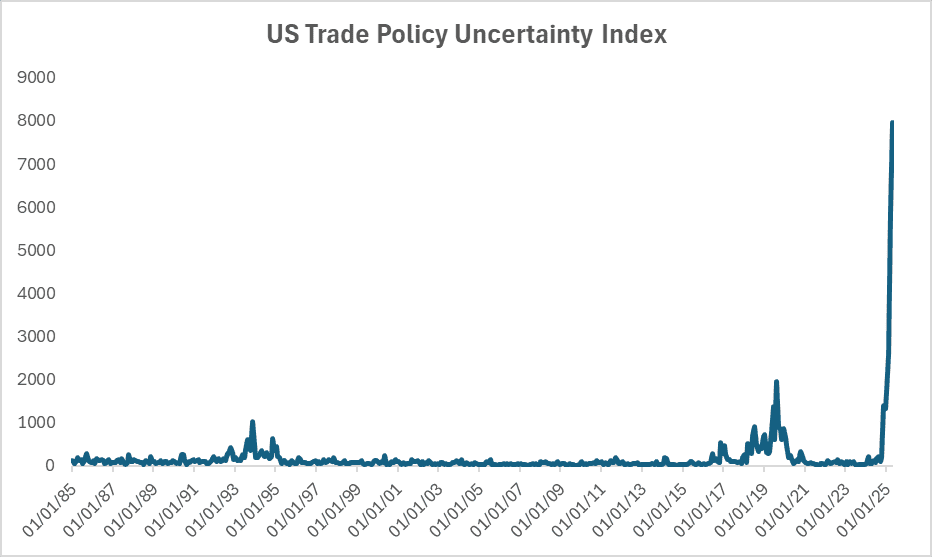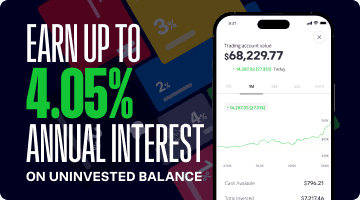Starting your day with Colombian coffee brewed in a German-designed machine, while checking emails on a smartphone assembled in China with parts from South Korea and the US, is something many of us do without thinking. But this level of global connection is starting to face real challenges.
The Push Toward Regional Blocs
Since World War II, global trade has grown thanks to lower tariffs, open borders, and the rise of international supply chains. The World Trade Organization (WTO) brought 166 countries under a common set of trade rules. But cracks in the system have become more visible. COVID-19 revealed how fragile supply chains can be, Russia’s invasion of Ukraine showed the risks of energy dependence, and a wave of nationalism is now reshaping how countries approach economic policy.
These shocks have sped up a shift toward regional trade. Terms like “reshoring” (bringing production back home) and “friend-shoring” (moving production to allied countries) are no longer just buzzwords, they’re becoming reality.
While about 13% of global imports are now affected by new US tariffs, the other 87% remain untouched. This shows that while global trade is under pressure, it’s still holding up. In fact, even as the US becomes more protectionist, some other countries are responding by opening up further.
Still, bringing manufacturing back home isn’t easy. It’s expensive, and future tariff levels remain uncertain. That’s why only a small portion of the production that once moved overseas is likely to return. In industries like toys, textiles, and furniture, the cost savings in emerging markets are so large that even high tariffs don’t make US-based production competitive.
The US is importing less from China and more from Mexico, Vietnam, and India. Japan, South Korea, and China have agreed to expedite negotiations for a comprehensive trilateral free-trade agreement, aiming to create “a predictable trade and investment environment.” Brand new trade pacts, from Asia’s RCEP to Africa’s AfCFTA, aim to boost intra-regional commerce. Together, these shifts suggest a world splitting into regional spheres.
At the same time, the US is importing less from China and more from countries like Mexico, Vietnam, and India. In Asia, Japan, South Korea, and China are pushing for a free trade deal to create a more stable environment for trade and investment. New regional trade agreements, from Asia’s RCEP to Africa’s AfCFTA, are also taking shape, aimed at boosting trade within their regions.
All of this points to a world that’s starting to split into regional blocs- still connected, but not as globally integrated as before.

Source: Bloomberg. Data as of May 13, 2025
What This Means for Investors
This new era isn’t deglobalization, but re-globalization, one built around regional blocs. That shift brings both risks and opportunities:
Risks: Higher tariffs mean costlier imports and persistent inflation. Fragmented supply chains add complexity and risk to corporate operations. Protectionism breeds uncertainty, and markets dislike uncertainty. Sectors relying on global scale, like tech and autos, could see margins squeezed.
Opportunities:Certain industries are booming. The US, EU, and China are funneling billions into domestic manufacturing, especially in semiconductors and chips, as well as clean energy. Investors should watch for “regional champions” riding policy tailwinds. Local infrastructure is also accelerating. From factories and railways in Mexico, to new trade corridors in Africa, building local capacity is a priority. This trend benefits sectors like construction and logistics.
Strategic Diversification: While the new US administration’s policies may close the US to global trade somewhat, other regions, like Asia are deepening trade ties, as Japan, Korea, and China are seen to be reviving free trade talks. This means that betting on certain emerging markets might offer more upside in a fragmented world.
This communication is for information and education purposes only and should not be taken as investment advice, a personal recommendation, or an offer of, or solicitation to buy or sell, any financial instruments. This material has been prepared without taking into account any particular recipient’s investment objectives or financial situation and has not been prepared in accordance with the legal and regulatory requirements to promote independent research. Any references to past or future performance of a financial instrument, index or a packaged investment product are not, and should not be taken as, a reliable indicator of future results. eToro makes no representation and assumes no liability as to the accuracy or completeness of the content of this publication.






